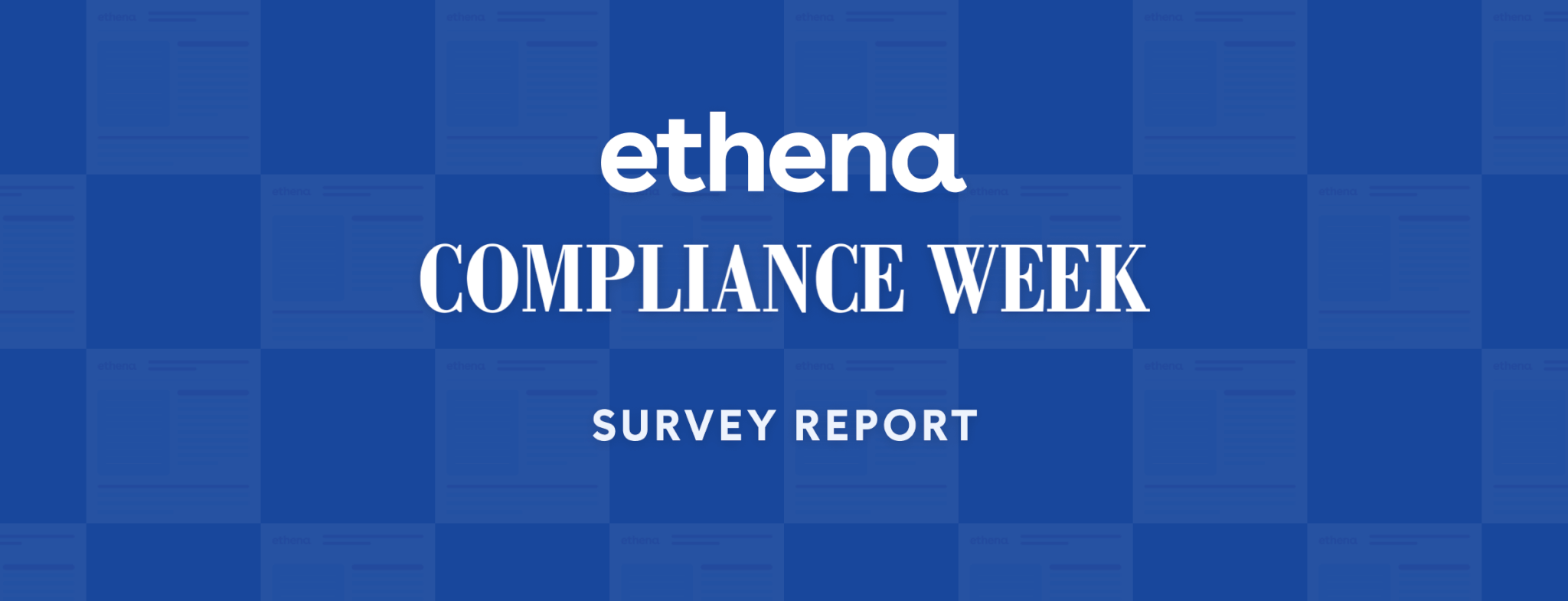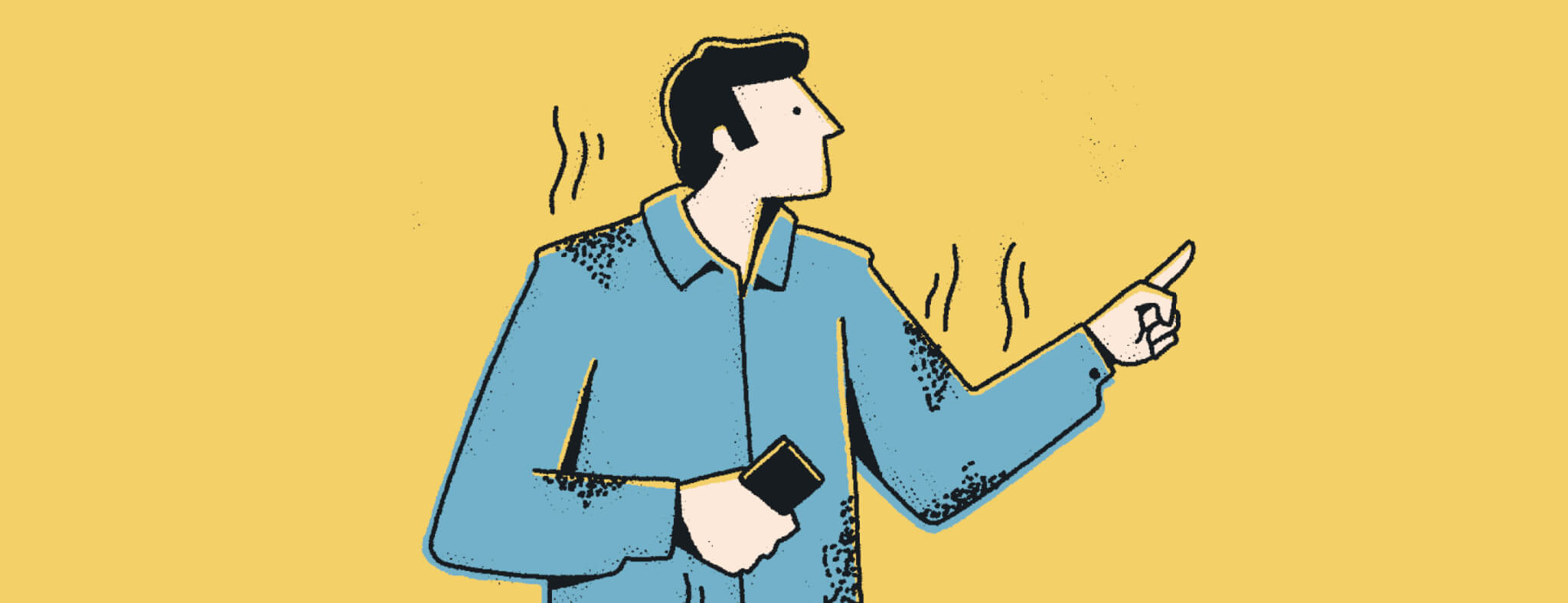We're excited to unveil the newest addition to our course catalog: UDAAP Training. This new course, focused on consumer financial products and services, is designed to address what UDAAP is and how employees can avoid UDAAP violations in their work.
Let's go into some more detail.
What is UDAAP?
UDAAP stands for Unfair, Deceptive, or Abusive Acts or Practices. It refers to a legal standard under U.S. law used to regulate businesses, particularly in the financial services sector, to ensure that consumers are treated fairly and not subject to misleading or harmful business practices. The term is closely associated with the Consumer Financial Protection Bureau (CFPB), which enforces these standards under the Dodd-Frank Wall Street Reform and Consumer Protection Act.
Here’s a breakdown of the key terms:
- Unfair: A practice is considered unfair if it causes or is likely to cause substantial injury to consumers, cannot be reasonably avoided by the consumers, and is not outweighed by benefits to consumers or competition.
- Deceptive: A deceptive practice is one that misleads or is likely to mislead a consumer. The deception must be material, meaning that it would affect the consumer's decision-making.
- Abusive: A practice is abusive if it takes unreasonable advantage of a consumer’s lack of understanding, inability to protect their interests, or trust in the provider to act in their best interest.
Examples of UDAAP violations might include things like:
- Hidden fees on financial products
- Misleading advertising about the benefits or risks of a product
- Offering loans with terms that are excessively difficult for the consumer to understand or repay
UDAAP regulations are designed to create a fair marketplace and protect consumers from financial harm. Non-compliance can result in significant penalties for businesses.
What is the Dodd-Frank Act?
The Dodd-Frank Act is a comprehensive piece of U.S. legislation enacted in response to the 2008 financial crisis. Signed into law by President Barack Obama on July 21, 2010, its primary goal is to reduce the risks in the financial system, increase transparency, and prevent another financial crisis by regulating the financial industry more rigorously.
Title X of the Dodd-Frank Act is known as the Consumer Financial Protection Act of 2010. It established the Consumer Financial Protection Bureau (CFPB), which is a central component of the Dodd-Frank Act, aimed at protecting consumers in the financial marketplace.
What's included in Ethena's UDAAP training course?
Ethena's UDAAP training course is 15 minutes long, covering the fundamentals of the Dodd-Frank Act, the key components of UDAAP, and a checklist for learners on what need to know about how to avoid UDAAP violations in their work.
Course modules:
- What is UDAAP? (4 min)
- UDAAP Terms and Definitions (3 min)
- UDAAP vs. UDAP (2 min)
- Avoiding UDAAP Violations (3 min)
The bottom line
UDAAP training helps ensure compliance with consumer protection laws, reducing the risk of legal penalties, reputational damage, and regulatory fines. Proper training (like Ethena's!) equips employees to avoid these unfair, deceptive, or abusive practices, promoting ethical behavior in financial dealings and protecting both the company and its customers.
Ready to learn more? Let's talk.









